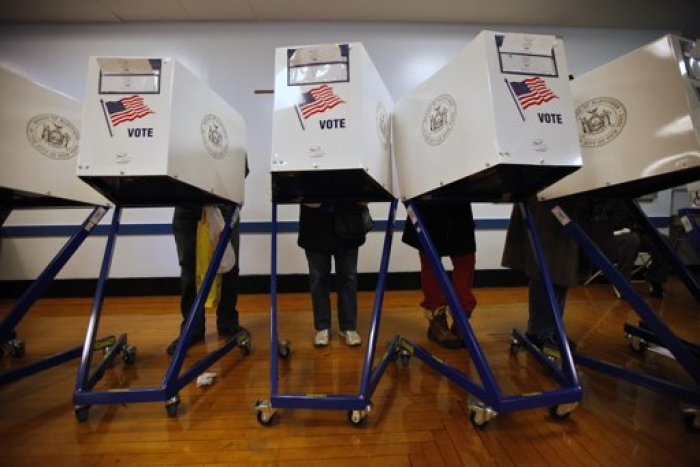Political Party Analysis: Democrats Have a Religion Problem; Republicans Have a Race Problem (Part 1)

Democrats have a religion problem. Republicans have a race and ethnicity problem. How party leaders deal with those challenges will define them for a generation.
As a May Christian Post analysis pointed out, the Republican's race and ethnicity problem and the Democrat's religion problem are on a collision course that will shake up the current political divide.
The collision will happen because two of today's major political gaps will cross paths for the next generation of Americans. Those two gaps are: 1) the religious participation gap, in which those who attend religious services often are more likely to vote Republican and those who attend less often, or do not attend, are more likely to vote Democrat; and 2) the race/ethnicity gap, in which a majority of whites support Republicans and a majority of non-whites support Democrats.
These gaps will collide because the non-religious are increasing in numbers among whites while the religious in America are becoming increasingly multi-ethnic and multi-racial. More than half, for instance, of young Christians today are non-white, while older Christians are 70 percent white. Plus, among young whites there are more non-religious than Christians.
In the future, therefore, there are two likely scenarios: Either the Democrats will become the majority party with a coalition of increasing numbers of religious non-whites along with non-religious whites, or Republicans will become the majority party with a coalition of religious whites and religious non-whites.
Democrats
When it comes to religion, the Democratic Party is more heterogeneous than the Republican Party. A greater diversity of faiths are represented by the Democrats, and the Democrats have a greater number of seculars, which includes those who are areligious, uninterested, searching, agnostic and atheist.
Brookings Institution senior fellows E.J. Dionne and William Galston described well the challenge this presents in an April report on mobilizing religious progressives.
"Religious progressives," they wrote, "are sometimes viewed with mistrust or suspicion by their secular allies. Because of the high profile mobilization of the religious right and the prominent public engagement of the more conservative Roman Catholic Bishops, many secular liberals continue to see religion as a fundamentally conservative force.
"There are, in short, tensions over religion in the Democratic Party that are (or, at least, have been up to now) largely absent in the Republican Party.
"The result is an ambivalence among Democrats about the role of religious progressives. When it comes to religion, the party has a complicated coalition-management problem."
In order to navigate that "complicated coalition-management problem," Democrats will need to demonstrate respect and tolerance for the nation's diverse religious beliefs. Part two of this series will advise Democrats on how to do that.
Republicans
Some Republican strategists are considering a strategy, at least for the near future, to mobilize a greater number of white voters. Turnout among whites was down in 2012, so if the GOP simply did a better job at getting whites to the voting booth, they will have a better shot at winning, the argument goes.
There is some debate about whether the strategy would work or not. Sean Trende, senior elections analyst for RealClearPolitics, demonstrated in a four-part series last Summer that this strategy could help Republicans. (Trende was not advocating the strategy, but analyzing the data.) Others disagreed with Trende's analysis.
But, even if the strategy would work, Republicans should ask themselves if the strategy is wise. It would be a strategy that trades short term gains for long term losses. With the white share of the electorate on a long decline, Republicans would ultimately reach a point where the strategy is a losing one. The only question is how many elections it would take to get there. So, the trade off would look something like this: win two elections and lose the next 20.
The "whites only" strategy would be damaging, not only for the Republican Party, but also for the country as a whole. It would lead to two parties that are even more divided along race and ethnic lines than they are already. Which would lead to even more racial tension as political figures would increasingly use race-based arguments to fuel hostility toward the opposing parties.
Instead of seeking to mobilize their base with a "whites only" strategy, Republicans should seek to expand their base. Part three of this series will suggest a platform to do that.




























